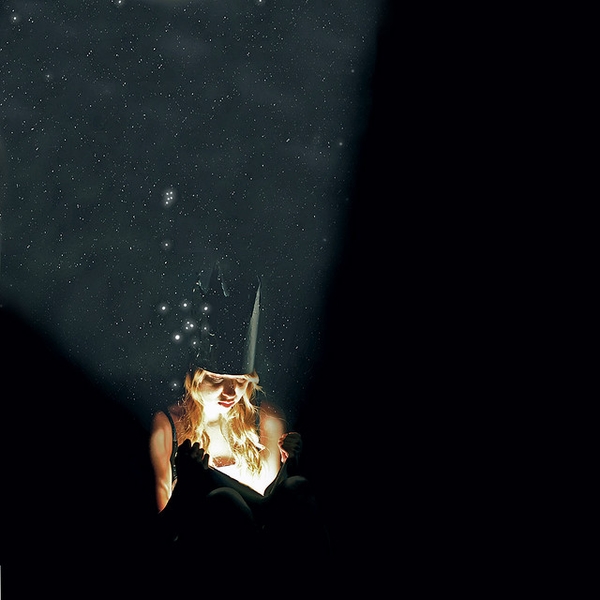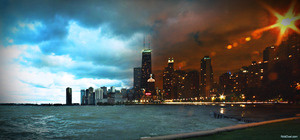Well, about holga, I just want to say it was not my cup of tea. I don’t even know what the photo will look like when I take them, it was just like the first time I am using the film camera. Maybe I need to practice more, though sometimes the photo will surprise me. Besides that, I hate the focus of it!!! I always forget the change it since I can’t see the different in my view!!!!! But that doesn’t mean I don’t like it, it was really funny to take photos with it, because it looks like a toy. I feel really relax when I work with it, since I never know what will come out. It just sometimes makes me mad because of the turning of film and the focus.
Category Archives: Reading Assignment 8am
Light and Shadow
It was a really interesting reading. In the reading, I find that something I really want to play want to play with, shooting light and shadow with the background that was full of fog. And I like the evil lighting which use the light and the bottom front of the face. And I would like to play with the grid too, but I don’t really understand when we should use what kind of grid. Inside the textbook, there was a lot of great photos, I would like to learn and try to shoot them all!! By the way, working inside the lighting room is really different from working under the sunlight, I like it more, but I like to take photos at the time of evening the most.
Reading Response for Practice 1
The reading is pretty funny, I really like how it says the relationship between the view of our eyes and the camera. I helps me to understand how does the camera works and what should I do. I would like to try the example of view on with box camera obscuras. I think I helps me to think about more how the photo will look like before I take it. And I like how it tells the different view comes from different lens which I like the most!! I want to play with different lens now. But I am not very interesting with the Photoshop work… maybe I like to work inside the darkroom more.
Reading Response: Holga Handout
This shall be interesting. I had never heard of the Holga camera before, so getting to meet with Paul Brower and seeing the images that he is able to create with the plastic camera was enlightening. It’s quite amazing! He has accomplished many striking images and I”m mightily impressed by his talent. I loved the way he has modified his cameras and his enthusiasm on the subject is contagious. I look forward to seeing what sorts of images I will produce. As the handout mentions: practice, practice, practice. I have no idea if my first roll of film will turn out, but I look forward to seeing the results. And it makes me happy that my Holga is pink. So at least I have that. 🙂
Reading Response: Practice 2, Light and Shadow
This reading ties in nicely with our own Day and Night project. I like the Color of Light on page 147. When photographing images during different times of day or even throughout different times of the year, the way the light falls upon a subject and changes the coloring or appearance of the subject, all of this is very interesting to me. With our project, I got to play around with this idea of the effects that light has on a scene. I had some issues during my night shots. Having not much experience photographing at night, I misjudged the amount of light needed to actually capture an image. Because of this, I decided to use a flash, which didn’t turn out as successfully as I would have liked. I wish now I would have diffused the flash, as shown on page 151 of the text. This may have given me the look I was going for. This image is from a photography contest where the photogs had to capture day and night in one photograph. Cool.
Theory 2: Light and Shadow Response
I know this is a bit late. But better late than never, eh? I was mostly intrigued by the symbolism of the light and dark. Images of bright light are often associated with divinity and positivity. Hence the opposite for darkness: negativity, evil, corrupt and, to quote the text, a “primordial darkness of the void.” That’s a great sentence. I also responded to the look at film noir and the idea of light and shadow functioning as background characters, working to express a view of the world being captured at the time; being torn between good and evil, light and dark. I really like the idea that light can express the view of the subject, to establish a mood and tone that may not be represented by the subject themselves. This photograph reminded me of this reading, and I just really like it. 
Holga Handout
When I first learned about the Holga camera project, I really wasn’t sure what to expect. It didn’t seem like a project that whould be as exciting as digital photography. However, after learning about the simplicity and functionality of the Holga, I am now rather excited to start. I think that because the camera is so simple and cheap, it allows for more creativity and experimenting, which is key to great artwork. The camera has a fun uniqueness that is attractive after you get used to it, and I now see why it is gaining popularity with art photographers.
Holga Handout Response
The handout gives a solid overview of what to expect with the Holga, which was good. I’ve used my Holga a couple times before but have never had an official or knowledgeable lesson on the basics. Nothing more than reading the manual it comes with. The lecture from Paul Brower was awsomeeee. I’m glad to have gotten tips from someone so experienced with the camera. The lecture gave me lots of good things to think about!
Holga Handout Response
I have never used a Holga or any other plastic camera before, so I’m a little nervous. This reading gave a good overview of what to expect as far as operating the Holga and some of the unpredictable distortions we may experience. I am excited to try it out and see what kind of images I can get. I liked the diagram outlining the parts of a Holga, because some parts of it are fairly different from my 35mm. I am also interested in learning how to do double exposures and hopefully finding out how to avoid doing them by accident. Another note to anyone reading this, my last blog post had a link to a Holga/plastic camera article that I thought was pretty interesting and helpful.
Theory 2: Light and Shadow Response
Sometimes I am just blown away by other artists and their amazing ideas that I would never have thought of such as Paul Ramirez-Jonas’s work with a toy train moving back and forth on a track, or Cai Guo-Qiang’s fireworks and smoke effects. It is amazing how lighting can completely change the mood or effect of an image. I am also surprised how much lighting can convey time, either time of day or time period. I agree with the modernist photographers, than anything can be beautiful if well-composed and and executed. Beautiful subject matter isn’t necessary for a beautiful photograph. Shadows can also be interesting subjects. I hadn’t thought about the silhouettes used by Apple as coming from a lighting technique in photography! Learning blows my mind.

